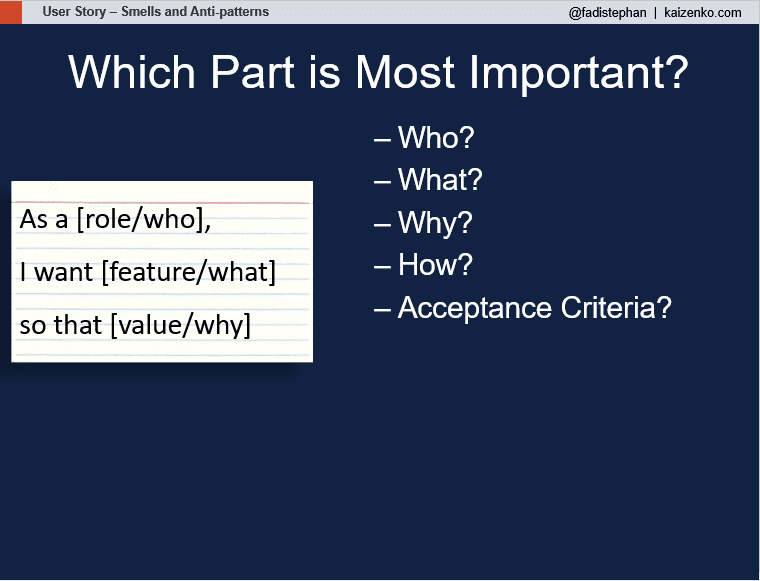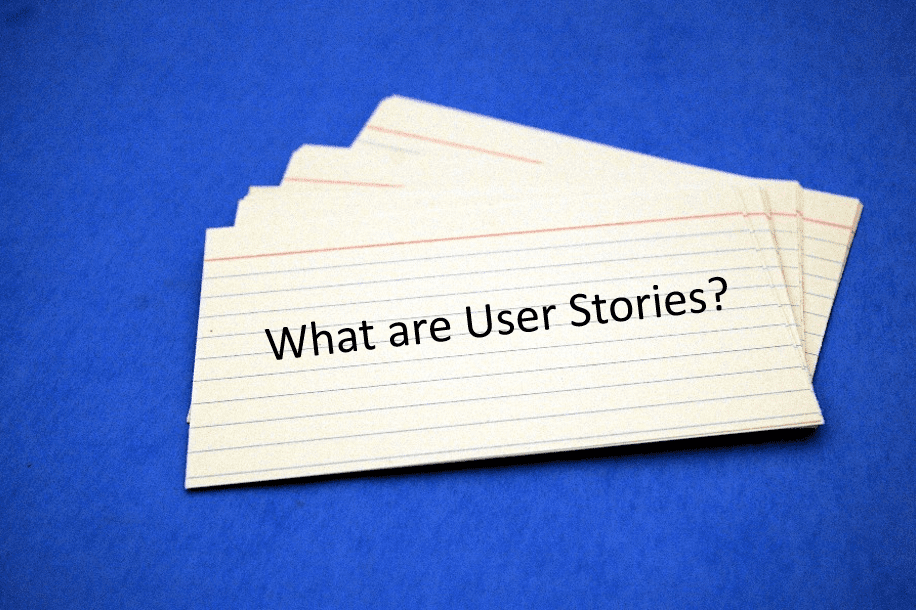The Art of Storytelling – User Story Smells and Anti-patterns Presentation
I presented on The Art of Storytelling - User Stories Smells and Anti-patterns at the Agile2016 conference held in Atlanta, GA. I'd previously presented variations of this talk at 2015 Global Scrum Gathering in Pargue, Czech Republic and the 2015 Agile Development Practices Conference in Las Vegas, NV. Below is the abstract, along with the slides…







